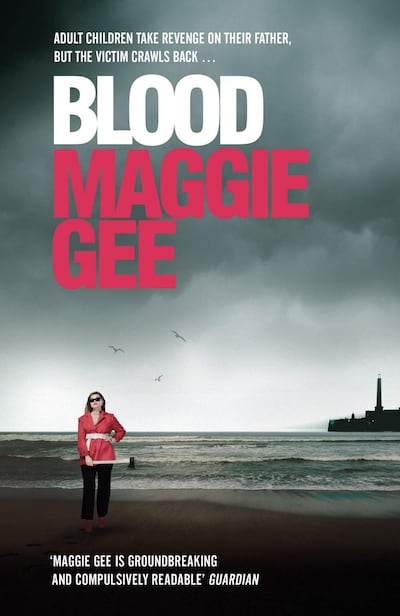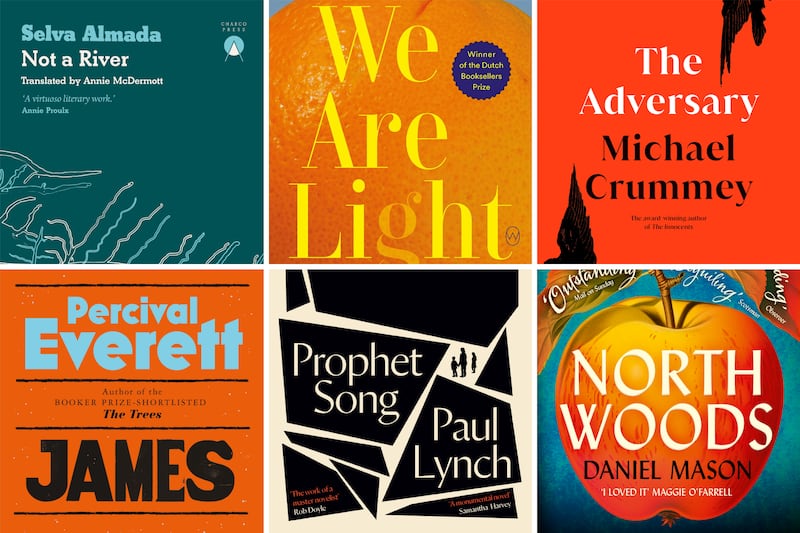What is the relationship between a writer and those mysterious entities, the characters? Certainly over time they become more powerful than the books or films that contain them. Witchy, wicked, sandy-haired Becky Sharp, or that outrageously charming hypocrite Henry Esmond, have wangled their way into part of my brain that their real-life author William Thackeray has never entered. Boys outside my window in the road today are playing intently at being Spider-Man without a thought for his creator Stan Lee – and JK Rowling found her world-famous boy wizard Harry Potter stood in the way of the critics’ ability to appreciate her first novel without him, The Casual Vacancy.
There are writers who start with a character and build the rest of the book around them. For me, though, what usually appears first is something like the jewelled disturbance at the heart of a visual migraine, glittering and beckoning from far away. This microcosm I then woo closer and gradually populate with characters. In my new novel Blood, however, Monica Ludd, the narrator, came hard on the heels of the theme. A suspect in a murderous attack on her own father, she stuck her head, and the head of her axe, boldly up out of the swamps of my unconscious.

My theme was living with violence – the terrorist attacks that reached a crescendo in the UK in 2017, and the state violence that preceded them. I wanted to explore my theme in the absolute present moment, when our world stage is dominated by outsize macho figures, not so much characters as caricatures. Then there is the equally macho, grand guignol horror of Islamic State and similar groups, and the sexual brutality revealed by #MeToo. How, I wondered, does a liberal democracy cope with absolute violence?
Monica came swiftly to my aid. She was born fully formed, enormous, irreverent, strong enough to lay a man out cold but with what we later find to be a tender heart. She also has a terrible past, as the daughter of the dreadful “Dad”, a violent, abusive, corrupt dentist.
Something interesting has been happening over the last half century to female characters. Fay Weldon invented her unforgettable “She-Devil” in 1983 (The Life and Loves of a She-Devil, 1983); in retrospect I see that she was Monica’s ancestor. Madonna sang her Bad Girl song nearly a decade later, and the iconic ITV series about female prisons, Bad Girls, ran from 1999 to 2006. We were falling in love with bad girls! They had broken out of the prison of good behaviour that I grew up in. Little wonder that my generation so strongly wanted to be bad.
Nothing has changed today; it anything it’s gone from bad girls to worse girls. The 2018 BBC TV series Killing Eve by Phoebe Waller-Bridge revolved around Villanelle, the beautiful, funny, and utterly psychotic hitwoman who murders her way across Europe, taking in several of her loved ones. Most of us hope she’ll be back, scarcely remembering that she’s just a figment of the writer’s imagination. Villanelle was only the latest of the bad, odd and mesmerising female characters who have erupted over the last decade from Gone Girl (2012), Girl on a Train (2015) and other stories.
Gail Honeyman’s novel Eleanor Oliphant is Perfectly Fine, winner of Costa’s 2017 first novel prize, gave birth to Eleanor, the unbiddable “elephant in the room”, unable to dress, make up or behave like others, a walking violation of fashion in her Velcro shoes and zip jerkin, scarred and resolute, giving unsought and unwelcome advice to others and arriving at parties with a half-drunk bottle of booze and a packet of cheese slices. Less extreme, subtler and more literary is Sally Rooney’s Normal People, Waterstone’s Book of the Year 2018, but again the most fascinating thing about the book, to me, was the character of Marianne, too intelligent to be “normal”, immune from fashion, rarely on social media, not dependent on popularity, with a fatal weakness inherited from her cruel and unloving family – but once again, a young woman who wins through. At a time when very young girls are trying to transform themselves into a hideous feminine extreme with surgery or digital image manipulation, literature and film are valuing female outcasts, freaks and mavericks
Monica in Blood is a Deputy Head, a 20-stone six-footer who cannot help speaking her secret thoughts aloud. She is spiritually outsize too, loving the children she teaches but failing on every count of political correctness. Monica dwarfs, with her impulsive courage and generosity, her timid, bureaucratic head, Neil, who bans her from social media use after she upsets some parents. (“Neil, I would never abuse our parents.” “Governors queried ‘moron’ and ‘twat’.”) Curvaceous, sexually outrageous Monica disobeys all the norms of social media beauty and is both attractive and terrifying to men. The bloodied axe hidden in her hall is not reassuring, but appearances can be deceptive, and in fact, Monica “gets up every day and tries not to be a maniac” like her father. In the closing pages of the book she puts her size and courage to good use, saving others from violence.
I am small, thin and mostly polite, so I am not Monica. Yet she is part of me. What else are characters but parts of their author? Virginia Woolf gave a character in her last novel, Between the Acts, the piercing realisation that they are all our “unacted parts”, our unlived lives. I gave full rein to my enjoyment of wicked laughter in Monica.
I didn’t know quite how badly she would turn out. She escaped my control and started swearing and seducing policemen on her own. She has begun to monopolise the reviews. It’s no good feeling peeved. She was only a tiny part of me, but she has grown huge, overshadowing me. To my husband’s relief, it’s time for us to part company. “It wasn’t easy living with Monica,” he said the other day.
Blood by Maggie Gee is published by Fentum Press, at £9.99





















